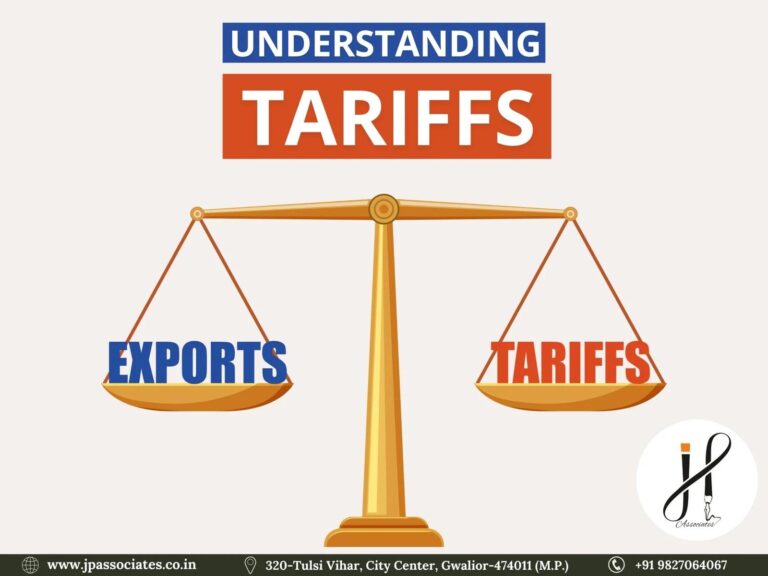In a bold escalation of the ongoing trade conflict, former President Donald Trump has announced the imposition of an additional 100% tariff on a wide range of Chinese imports. This latest move marks a significant intensification of the economic standoff between Washington and Beijing, raising concerns over the potential impact on global markets and international relations. The announcement, reported by USA Today, signals a renewed phase in the trade war that has already disrupted supply chains and strained diplomatic ties between the world’s two largest economies.
Trump Imposes New 100 Percent Tariff on China Imports Escalating Trade Tensions
In a bold and unprecedented move, the United States has announced a sweeping 100% tariff on a broad range of Chinese imports, significantly raising the stakes in the ongoing economic conflict between the two superpowers. This escalation follows months of unsuccessful negotiations and comes as an attempt to pressure Beijing into addressing longstanding grievances over intellectual property theft, forced technology transfers, and trade imbalances. The tariffs will apply to a variety of goods, including electronics, machinery, and consumer products, potentially disrupting global supply chains and stoking uncertainty in markets worldwide.
Industry analysts warn of immediate consequences:
- Sharp price increases for American consumers on everyday products
- Potential retaliatory measures from China targeting American agricultural exports
- Heightened volatility in stock markets as investors digest the news
- Increased risk of supply chain realignment as companies seek alternative sources
| Sector | Estimated Tariff Increase | U.S. Import Value (2019) |
|---|---|---|
| Electronics | 100% | $120 billion |
| Machinery | 100% | $90 billion |
| Consumer Goods | 100% | $75 billion |
Economic Experts Analyze Potential Impact on US Markets and Consumer Prices
Economic experts warn that the announcement of a 100% tariff hike on Chinese imports could drastically disrupt the US market landscape. Several analysts emphasize that this move may trigger rapid inflationary pressures, hitting consumer prices across a broad spectrum of goods. The sudden tariff increase is expected to ripple through supply chains, causing manufacturers to transfer higher costs to retail prices. Key sectors likely to feel the impact include electronics, home appliances, and apparel.
Market strategists highlight additional concerns about potential volatility in stock markets as investors react to heightened trade tensions. Some predict that this escalation could further strain US-China relations, affecting not only bilateral trade but also global economic stability. Below is a summary of the projected consequences:
- Consumer goods prices: Anticipated rise by 10-15% within the next six months
- Corporate earnings: Potential downturn in sectors dependent on Chinese components
- Market volatility: Increased fluctuations expected in technology and manufacturing stocks
- Inflation rate: Possible upward adjustment by Federal Reserve policymakers
| Impact Area | Estimated Effect | Timeframe |
|---|---|---|
| Retail Prices | +12% average increase | 3-6 months |
| Stock Market | High volatility | Immediate |
| Manufacturing Costs | Rising due to tariffs | Ongoing |
Strategies for Businesses to Navigate Increased Tariffs Amid Ongoing US China Trade Dispute
Companies facing the repercussions of newly imposed tariffs are rapidly reassessing their supply chains to mitigate increased costs. Many are diversifying their sourcing strategies by shifting production to countries outside of China, such as Vietnam, Mexico, or India, where tariff impacts may be less severe or nonexistent. In addition, renegotiating contracts to include tariff adjustment clauses has become a practical approach to manage unpredictability in import costs. Businesses are also accelerating investments in automation to reduce reliance on labor-intensive manufacturing, which can help offset higher material expenses caused by tariffs.
Alongside operational adjustments, firms are exploring financial strategies to sustain profitability:
- Implementing dynamic pricing models to absorb or pass on tariff-induced cost increases strategically
- Utilizing hedging instruments to protect against currency fluctuations linked to trade tensions
- Engaging with policymakers and trade associations to lobby for tariff relief or exemptions
| Strategy | Potential Benefit |
|---|---|
| Supply Chain Diversification | Lower tariff exposure |
| Contract Renegotiation | Cost predictability |
| Automation Investment | Reduced labor costs |
| Dynamic Pricing | Maintained margins |
| Policy Advocacy | Potential tariff relief |
In Retrospect
As tensions between Washington and Beijing escalate once again, the newly announced 100% tariff on Chinese imports marks a significant intensification of the ongoing trade war. Market watchers and policymakers alike will be closely monitoring the economic and diplomatic fallout in the coming weeks, as both nations brace for potential repercussions. The development underscores the challenges ahead in U.S.-China relations, with global supply chains and international trade dynamics hanging in the balance.




